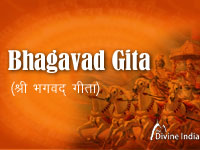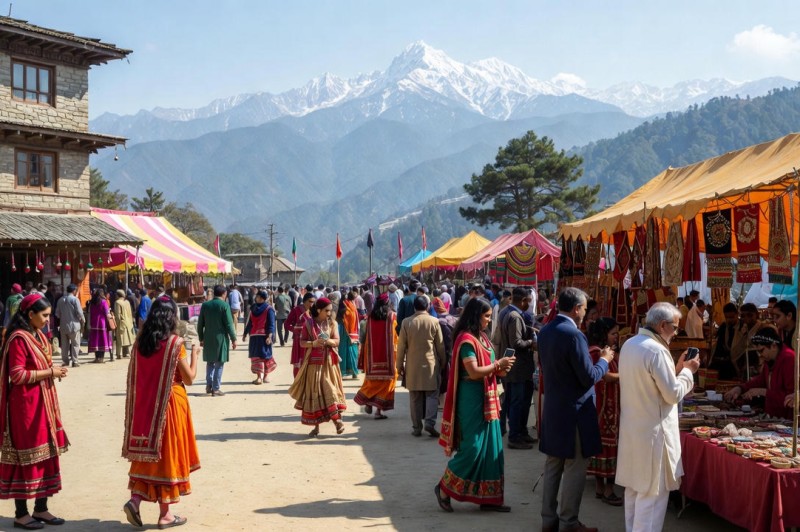

The term "Kirtimukha" derives from Sanskrit, where "mukha" means face and "kīrti" signifies fame or glory. Kirtimukha frequently adorns temple pinnacles and deity images, especially in South Indian architectural styles. It serves as a protective guardian, warding off malevolent forces from sacred spaces. Distinguished by its consuming action, Kirtimukha differs from the lion face motif (Simhamukha). Often depicted only as a face, sometimes with protruding eyes, it embellishes gate lintels and gavaksha motifs, marking entrances into temple sanctums. Occasionally, it manifests within Shiva's matted hair, symbolizing cosmic reabsorption.
Join us on a journey as we delve into the depths of its symbolism, unravel its profound significance, and uncover the spiritual power it embodies.
The legend of Kirtimukha unfolds with the asura (demon) king Jalandhara, who, through intense penance, amassed formidable powers. Driven by arrogance, he dispatched his emissary, the monstrous Rahu, known for eclipsing the moon, to challenge Lord Shiva. Rahu's audacious demand was for Shiva to relinquish his radiant bride, Parvati. In response, Shiva unleashed a burst of energy from his third eye, birthing a fearsome, voracious lion. Terrified, Rahu sought Shiva's mercy, who then instructed the lion to consume human vices like selfishness and greed. Pleased with the outcome, Shiva dubbed it "Kirtimukha," decreeing its perpetual presence at temple entrances, symbolizing his own essence.
Kirtimukha is often depicted as a fierce, grotesque face with bulging eyes, and it is a common motif in Hindu temple architecture, frequently found adorning temple pinnacles, gate lintels, and gavaksha motifs. It serves as a protective guardian, warding off malevolent forces from sacred spaces. Distinguished by its consuming action, Kirtimukha differs from the lion face motif (Simhamukha).
Often depicted as a fearsome creature with a lion-like visage and an open mouth, Kirtimukha embodies the devouring aspect of time and the cyclical nature of creation and destruction. Its ferocious appearance symbolizes the fierce determination to overcome obstacles and conquer negativity, making it a potent guardian against malevolent forces.
Within Hinduism, Kirtimukha is closely associated with Lord Shiva and Goddess Durga, serving as a protective guardian of sacred spaces. Its presence adorns temple architecture, sculptures, and paintings, purifying the environment and bestowing blessings upon devotees who pass through its watchful gaze.
Beyond its spiritual symbolism, Kirtimukha captivates the eye with its intricate and often mesmerizing portrayal in art and sculpture. Its dynamic form adds a sense of grandeur and mystique to religious structures, inviting admiration and contemplation from all who behold it.
In today's world, Kirtimukha continues to inspire awe and reverence among believers and art enthusiasts alike. Its enduring presence serves as a reminder of the eternal cycle of life, death, and rebirth, and the unyielding power of the divine to protect and guide us through life's journey.
As you embark on your quest for spiritual enlightenment and artistic inspiration, allow Kirtimukha to be your guide. Discover its hidden meanings, contemplate its profound teachings, and let its divine presence illuminate your path towards higher truths and inner peace.
Join us on this transcendent journey as we unlock the secrets of Kirtimukha and experience the transformative power of its timeless wisdom and spiritual grace.